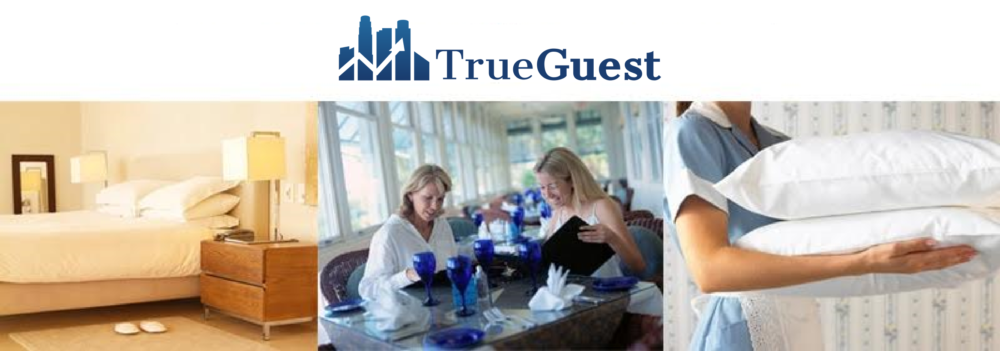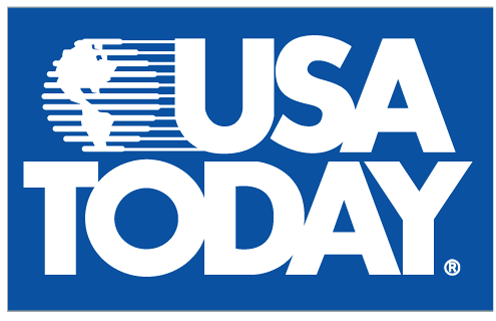All bars have an inventory system, but most bars overlook an important aspect that should be as controlled as any other process. Imagine that your bar revenue begins to decline; more notably, your cash sales. You begin to do your research and your business levels seem to be consistent and all of your costs seem to be in line. You even do a full inventory mid-period to find any discrepancies. Everything seems fine.
Can someone be stealing your customers? That person might be right under your nose.
Your typical bar will carry a variety of different alcoholic selections, almost all of which can be found in grocery stores. There are no distinctions between the bottles you receive from your liquor broker and the bottles you can buy in the grocery store. What will prevent a shrewd bartender from bringing his/her own bottle of Absolute vodka from the store, and pouring and serving to customers out of it, and pocketing the proceeds without a trace? Your bartender just opened his/her own business in your establishment.
Obviously, you cannot have a manager watch each bartender all night looking for any suspicious activity. There is a much easier method that allows you to control this aspect of your liquor operation at a glance; Ensure that you are using a proper bottle for bottle exchange program in your liquor inventory system.
An effective bottle for bottle exchange consists of just a few steps. First, obtain a stamp or a set of stickers that is original and difficult to reproduce. Secondly, mark all of your bottles with the stamp or sticker (discreetly on the back of the bottle to maintain appearance) to show that they are the bar’s property. Lastly, add the bottle for bottle exchange to your requisition process.
This bottle for bottle method requires the bartenders to save finished liquor bottles and exchange them for new bottles during requisition. The bar will not receive new bottles unless an accompanied empty bottle with the proper stamp or sticker on it is received in return. The manager then properly disposes of the empty bottles so that they cannot be retrieved.
With the new changes, managers can easily do spot checks to see if there are any bottles in the bar without stamps or stickers on them. It also provides some additional benefits. Your bar should not run short on any types of liquor anymore as any missed requests in the requisition process will be mostly eliminated due to bottle for bottle exchange. You can be certain that your bar par levels will always be maintained. Any missing liquor inventory will now be the sole responsibility of the bartenders and cannot be blamed on the process. Managers should also consider taking it one step further and disallow personal belongings such as purses or bags behind the bar. This will prevent the use of a personal bottle of liquor to refill the bar’s bottles. Also, be sure to use separate stickers for the different outlets you may have so that you do not mix or confuse the bottles with each other.
The bottle for bottle exchange will definitely add some extra work and time to your bar’s inventory process. However, it will be worth the peace of mind you will receive knowing that you are making it tougher for bartenders to steal from you.


 Here is another great article from Hotel Check-In at USA Today about
Here is another great article from Hotel Check-In at USA Today about  Dear TrueGuest,
Dear TrueGuest, This book, written by Robert Plotkin, has been around for quite a few years and is in its fourth or fifth printing. The book does a very good job of covering internal theft in bars. The chapters range from ‘Exploring the Causes of Theft’ to ‘Preventative Measures’. At 96 pages long, the book is an easy read and serves as a decent reference. If you are new to beverage control, you will find yourself going back to the book time and time again as you try to improve the controls in your bar. A more experienced Bar Manager will not find much of the book very useful.
This book, written by Robert Plotkin, has been around for quite a few years and is in its fourth or fifth printing. The book does a very good job of covering internal theft in bars. The chapters range from ‘Exploring the Causes of Theft’ to ‘Preventative Measures’. At 96 pages long, the book is an easy read and serves as a decent reference. If you are new to beverage control, you will find yourself going back to the book time and time again as you try to improve the controls in your bar. A more experienced Bar Manager will not find much of the book very useful.